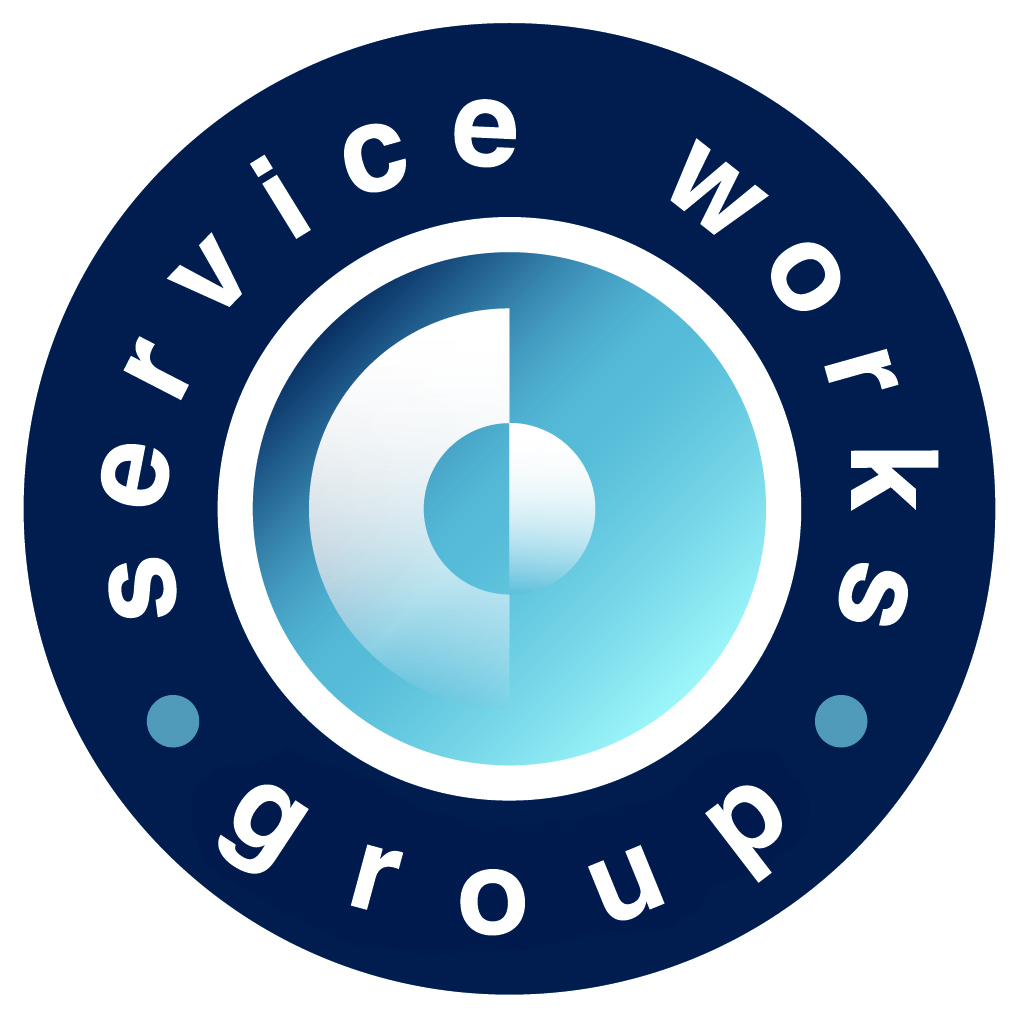Proactive maintenance is at the very heart of asset management. A well thought-through maintenance plan will extend the life of an asset, drive cost efficiency and make an FM’s life easier at an operational level. The nature of some industries’ core business, such as aircraft hangar maintenance or a research lab, requires a heavy focus on planned preventative maintenance (PPM), and this can be made easier through a computer aided facilities management (CAFM) software application.
Maximise asset uptime
In today’s increasingly competitive and demanding workplace, facilities and maintenance managers are under continual pressure to seek new ways to increase productivity, maintain service and reduce costs. Keeping asset downtime to a minimum, and ensuring the optimum condition of the equipment is an effective way in which to do this. The National Oceanography Centre is the UK’s centre for excellence for oceanographic sciences, with a remit to provide national capability and leadership for big ocean science. Because of the nature of activities and study undertaken at NOC, a significant portion of staff and students’ time is dedicated to practical work, involving the use of specialist equipment. For the facilities team, this means that ensuring the reliability of assets is critical. Lewis Rennison, Head of Facilities at NOC, explains: “One of the most important routines is the need to control the calibration of certain pieces of apparatus. We log this requirement on QFM as a PPM and run preventative maintenance schedules weekly through the software which is completely integrated with our unique needs. It delivers complete control and accuracy within such a key area.”
Diarised, accessible schedules
Through CAFM software, FMs can create multiple planned maintenance schedules for each asset, with the ability to schedule multiple sub-activities with customised options. These could include bespoke scheduling to local calendars or by season, priority level assignment or the ability to allocate specific contractor resources / skills for the task in question. With all this information in the system, reactive requests can be co-ordinated with the planned maintenance visits so the engineer can complete both jobs at the same time. The ability to anticipate and proactively meet demands in advance is more efficient and cost effective than responding to jobs retrospectively. Through the diarised system, it becomes easy to see what activities are planned for a selected time period, including details of health and safety schedules, contract renewal and warranty expiry dates, as well as newly entered reactive jobs. A CAFM system can even highlight where the planned work exceeds resource capacity and enable changes to be made before a problem occurs.
Reporting for economy
In addition to calculating PPM schedules, CAFM software records the costs of each job, which can give great insight into budgeting. The information contained within the software will help a facilities manager ascertain whether, for example, investing 10% more per annum in maintenance costs will double the life of the asset.
David Major, Property and Facilities Manager at Monarch Aircraft Engineering Limited, describes how he uses CAFM to explore trends with the equipment. “We can establish if something is failing more often than it should do and to take appropriate action accordingly. And it also allows us to manage our contractors efficiently and provides data for informed decision making. For example, we are now able to foresee when an asset gets to a point beyond economical repair. QFM is helping us to professionalise the FM function across The Monarch Group.”
For more information about how QFM can optimise planned preventative maintenance, contact your local office or email us to request more information.
Don’t miss out on the latest news, views and trends – sign up to get Service Works’ weekly blog sent directly to your inbox: http://www.swg.com/kuwait/blog-signup/






